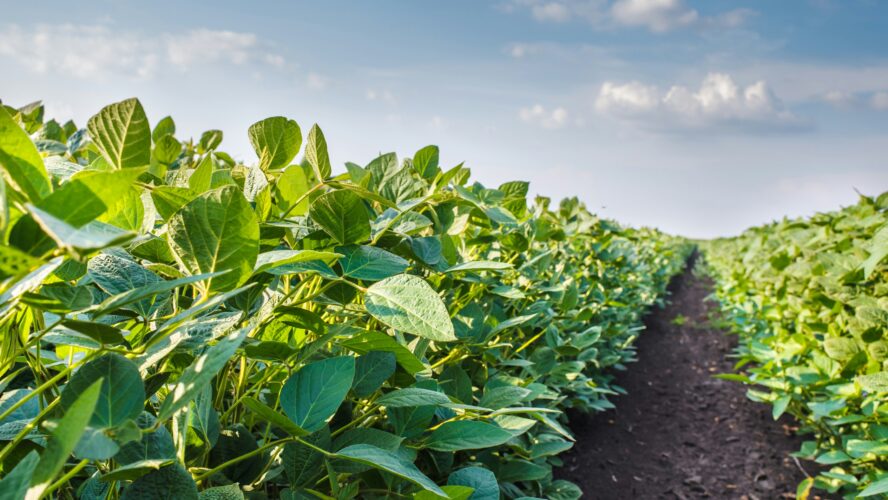
Transferring one species to another is how to create genetically modified organisms, or GMOs. This creates something not found in nature.
A large percentage of domestic crops (up to 85% of soybean yields) have DNA tweaks in a lab. Yet it is nearly impossible to know which food items contain these genetically engineered ingredients. Thankfully, apps are making it a bit easier for the consumer to know what she is eating, but this is not enough.
GMOs are bad for your body, bad for the community, bad for farmers, and bad for the environment. This is why:
Sign up for the newsletter for more natural wellness tips.
1. Health Consequences

The health consequences of eating genetically modified organisms are largely unknown. Genetically engineered foods are not safe to eat and may have unpredictable consequences. While trans-fats are extremely unhealthy, they were once highly sought after by corporations.
Many scientists believe that genetically altered foods may pass on their mutant genes to bacteria in the digestive system, just like the canola plants on the roadsides of North Dakota. How these new strains of bacteria may affect our body systems’ balance is anybody’s guess1.
2. GMO Labels
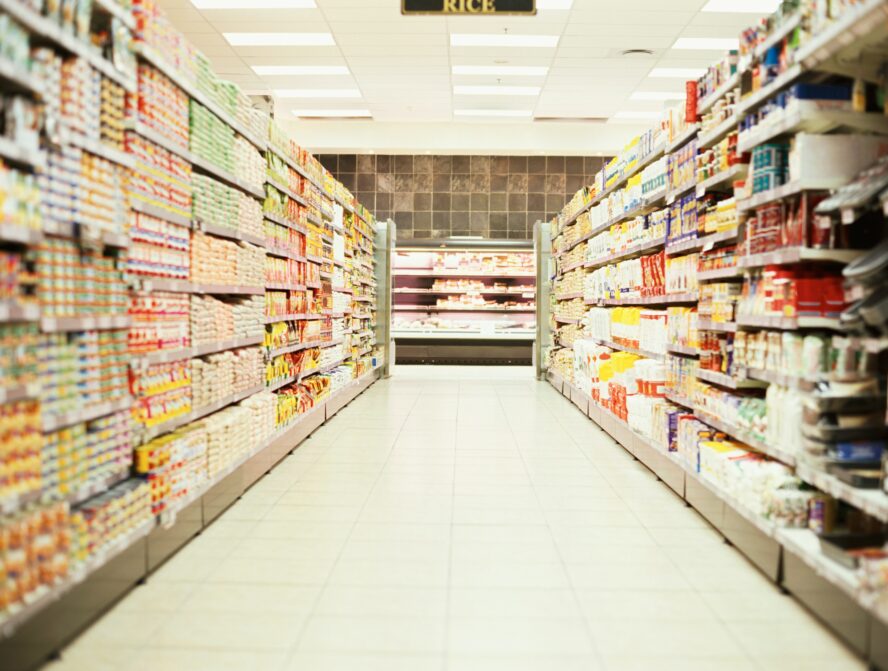
Food items with GMOs do not have labels in America. Why so sneaky? The European Union has banned GMOs, as have Australia, Japan, the UK, and two dozen other countries that recognize that a lack of long-term studies and testing may be hiding disastrous health defects.
3. Genetic Diversity
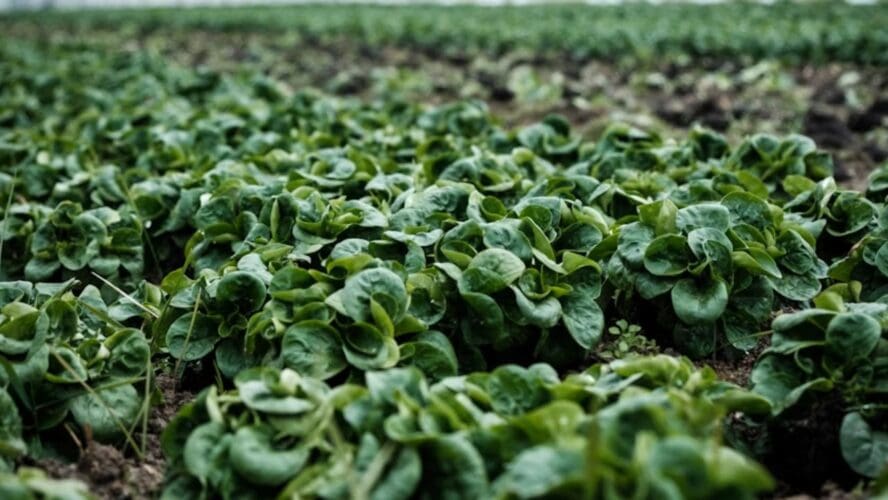
Genetic engineering reduces genetic diversity. When genes are more diverse, they are more robust; this is why a purebred dog tends to have greater health problems than the dear old mutt. Plants with reduced genetic diversity cannot handle drought, fungus invasions, or insects nearly as well as natural plants, which could have dire consequences for farmers and communities dependent on GMO crops for survival.
4. Contaminations
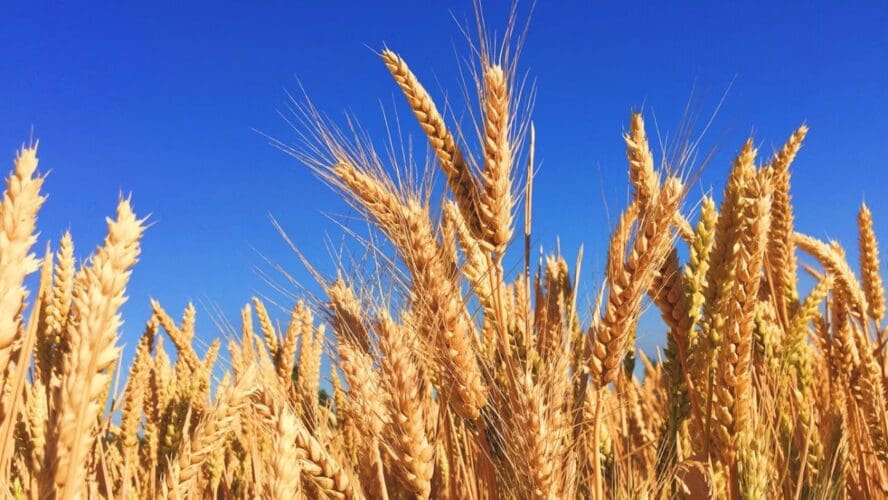
Once the mutant genes are out of the bag, there is no going back. Genetically modified organisms contaminate existing seeds with their altered material, passing on modified traits to non-target species. In North Dakota, recent studies show that 80% of wild canola plants tested contained at least one transgene2. In Japan, a modified bacterium created a new amino acid.
This amino caused mental and metabolic damage to hundreds, as well as several deaths, before its recall.
Japan banned GMOs after this horrific experience. Monarch butterflies are dying from cross-pollination of their favorite food, milkweed, which has rendered it toxic to the endangered species.
5. Good Security
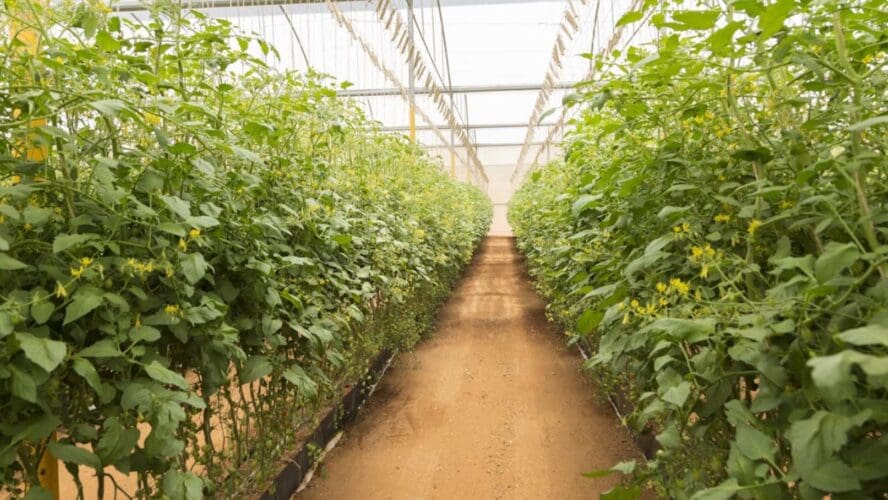
GMOs are not the answer for global food security. Genetically engineered crops have shown no increase in yield and no decrease in pesticide use. In many cases, other farm technology has proven much more successful, and even Monsanto agrees that its genetically engineered crops yield less than conventional farming.
6. Safety Studies
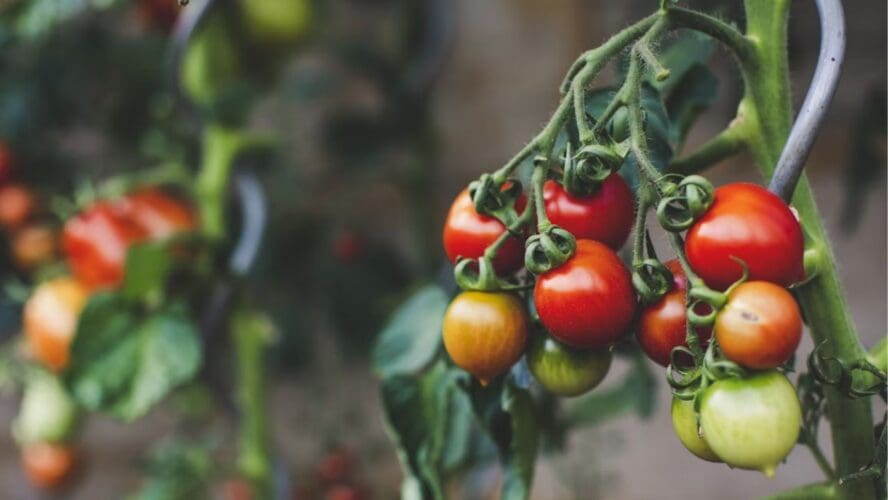
While there are few studies on whether GMOs are safe, the studies that are out don’t look so hot. The organs of rats that ate genetically modified potatoes showed signs of chronic wasting, and female rats fed a diet of herbicide-resistant soybeans gave birth to stunted and sterile pups3.
7. Biotech Firms
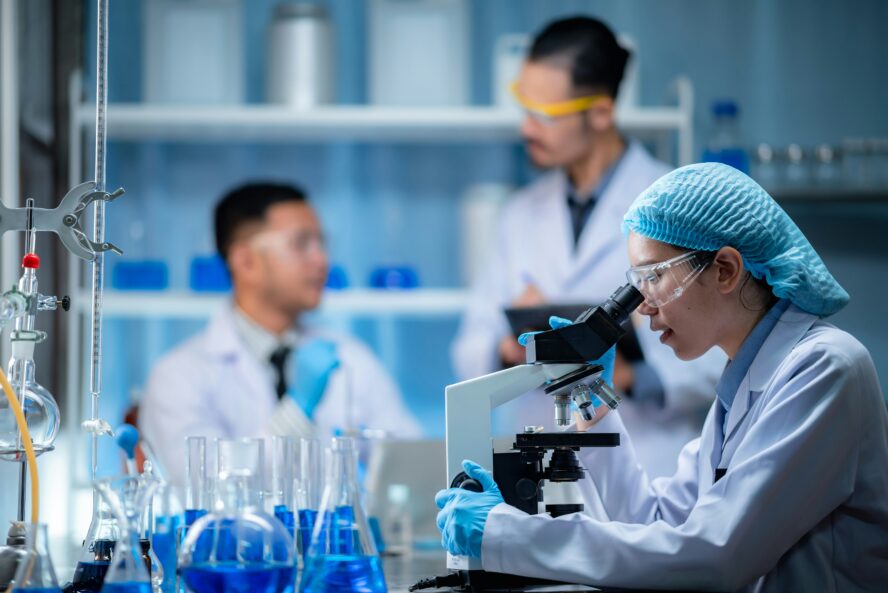
Big biotech firms have very sketchy track records. But then again, what would you expect from organizations that want to patent the world’s food supply? These massive biotech companies have a history of toxic contamination, deceiving the public, and suing small farmers when their patented seeds blew across the fence.
Biotech firms sell sterile seeds to African farmers, meaning the seeds are only good for one season, because the plants that grow up will not be able to reproduce. Farmers must buy new seeds every year instead of growing from the previous year’s yield. GMOs are not the farmers’ friend.
8. GMO Requirements

GMOs require massive amounts of pesticides, herbicides, and fungicides. While no one should consume these, because they’re poisons, they unfortunately are every day. This is because companies care far more about the bottom line than they do about your health, your environment, or your children’s future.
The bottom line is that GMOs are not safe. Many of the world’s countries ban GMOs. But in America, there are no labels on GMO products, so the majority of the populace has no idea that they are eating lab-created DNA daily.
Now you do; your best defense is to purchase certified organic food, which cannot contain any GMOs, and to tell your friends and loved ones to do the same.

Retailers Are Keeping GMO Salmon Off Your Plates
3 Good Reasons to (Mostly) Ignore Claims That GMOs Aren’t Dangerous
Those Most Opposed to GMOs Know the Least About Them, Study Shows
Sources:
- https://pmc.ncbi.nlm.nih.gov/articles/PMC10892181/
- https://journals.plos.org/plosone/article?id=10.1371/journal.pone.0295489
- https://pubmed.ncbi.nlm.nih.gov/33259869/

